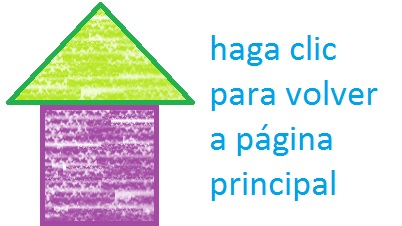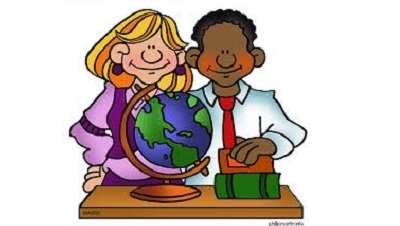


 |  |  |
LESSON PLAN
Teacher: Isa Robertson
School: Edison High School
Email: elizabeth.robertson@cortland.edu
LESSON TITLE __ ¡Reciclar! __
LESSON SKILL TARGETED Comprehension
CLASS LEVEL __ Spanish 1B ________
|
TARGETED STANDARDS |
|
1.1 Students participate in impromptu
conversation. 1.2 Students will read the reading and answer
questions to demonstrate comprehension. 1.3 Students will write and distribute
information to the school. 2.1 Students will recognize that Ticos recycle
because of their cultural values. 3.1 Students will learn new strategies to use
less and recycle more. 3.2 Students learn to refuse, which is not
taught in US recycling classes. 5.1 Students will take what they learned in
Spanish class and show it to the Board. |
I. OBJECTIVES
SWBAT
A.
Correctly
identify the situations with the appropriate R.
B.
Rate the
4Rs and give a comprehensible reason as why they decided that way.
C.
Participate
in the speaking activity. (optional)
D.
Complete a
life plan written in checkpoint A language. (optional)
II. MATERIALS
III. PROCEDURES
Preperation.
A. I will start class by
asking students which of them recycle at home on a regular basis. We will talk about what they use to recycle
and what categories that they sort into.
I sort paper and cardboard, plastic, glass, metal, and compostable
items.
B. I will remind students
that the economy of CR is very dependent on keeping the country clean because
it depends a lot on tourism, especially ecotourism. We can discuss which parts of the US are like
that. (Yellowstone, Adirondacks, Catskills, Hawaii, etc.)
C. I will remind students
that Costa Rica is very invested in protecting its natural environment while
showing a slide show of the beautiful wilderness in CR and the multiple types
of recycling cans available.
D. When the conversation
starts to peter out, I will ask the students to brainstorm what else they can
do in addition to recycling to help reduce the garbage problem in our county
(and country). They will do this in a think,
pair, share activity. Hopefully, the
list will be relatively long.
E. (note) Use the
following words a lot
a. Ambiente
b. Empaques
c. Ensayados
d. Botellas
e. Ropa
f. Fabricación
Comprehension.
A. log on tothe reading page.
B.
How many R’s do we have in English? 3! What are they? Reduce, Reuse,
Recycle! Does that look like any of the
4Rs? Match with Reducir, Reutilizar, and Reciclar.
C.
What is different on this list? Rechazar looks different! What could that mean? (mime refusing
something) Refuse! Do the other 3 match?
D.
Who do you think that this was written for?
E.
Who do you think wrote it?
F.
Why do you think that they wrote it?
G.
Do you think they accomplished their goal?
H. Have students continue
working on the worksheet page
If you would like to continue the lesson, you may:
Creativity.
A. Break students into
groups of 2 and hand out “consumer” and “company” nametags.
B. The consumer will
practice declining to buy wasteful or harmful products. The Business student will practice usted
commands.
C. Direct students to
switch partners every 30 seconds for the next 2 minutes.
D. Direct students to
exchange their nametags, and repeat the activity with new roles.
E. Students return to
seats. Was it easy or difficult to
refuse harmful products in this activity?
Is it easy or difficult in real life?
Is it the same for things that we really don’t need?
F. Students will
brainstorm various ways to reuse the following items
a. Old jeans and other
useable clothing
b. Ripped or torn
clothing
c. Old tires
d. Old school supplies
e. Old shoes
f. Grocery bags
g. Ask students if they
can think of anything else
G. And we are back to
recycling. It is always the last option,
because there are so many better ways to deal with the things that we don’t
want or need anymore, but it is a good last option. What do you think?
H. Direct another Think,
Pair, Share activity. This time,
students will brainstorm a life plan to include the 4R’s in their life and
gradually live carbon-neutral or better!
I. They will then take
these suggestions for themselves and adapt them to function for the
school. We will write a proposal for the
school board to review to improve the environment of the school.
Extension (optional)
A. If the school board
consents to hear our proposal, students will be encouraged to attend the board
meeting and share the information that they gleaned from the authentic text,
and note that there are some ideas in the text that are not prevalent in
English information about our 3R’s.
IV. CULTURAL INFORMATION
US and Tico economies both rely on keeping
certain parts of our respective countries clean, but we approach the goal with
different processes.
V. TECHNOLOGY USED
Powerpoint or flipchart.
Promethian Board
Worksheets
Company and Customer Name tags.